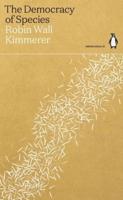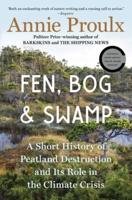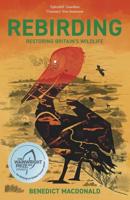Publisher's Synopsis
Reviews have been conducted by Federal oversight agencies and blue ribbon panels to identify causal factors of the unprecedented fire suppression costs and to suggest possible modifications to Federal fire management policy and strategies (USDOI, USDA 2004; USDAOIG 2006; GAO 2007, 2009). Agency and panel member reviews have found that Federal agencies with wildland fire responsibilities are not able to quantify the value of fire management activities in terms of reducing wildfire risk to social, economic, and ecological values. In response, the Wildland Fire Leadership Council's (WFLC) monitoring strategy asked: What are the trends and changes in fire hazard on Federal lands? Fire risk assessment requires an understanding of the likelihood of wildfire by intensity level and the potential beneficial and negative effects to valued resources from fire at different intensity levels. This monitoring study was conducted to meet three broad goals: (1) address the WFLC monitoring question regarding fire hazard on Federal lands; (2) develop information useful in prioritizing where fuels treatments and mitigation measures might be proposed to address significant fire hazard and risk; and (3) respond to critiques by Office of Management and Budget, General Accounting Office, and Congress that call for risk-based performance measures to document the effectiveness of fire management programs. The results of this monitoring study are useful for project planning to quantify the potential effects of proposed actions in terms of reducing risk to specific resources of concern. Developing decision support tools that utilize an appropriate risk management framework would address many of the issues identified within government oversight reports. Specifically, the Office of Inspector General (USDAOIG 2006) reviewed USDA Forest Service (FS) large fire costs and directed that the "FS must determine what types of data it needs to track in order to evaluate its cost effectiveness in relationship to its accomplishments. At a minimum, FS needs to quantify and track the number and type of isolated residences and other privately owned structures affected by the fire, the number and type of natural/cultural resources threatened, and the communities and critical infrastructure placed at risk." The application of fire risk and fire hazard analyses has been demonstrated at the watershed and National Forest scales (Ager and others 2007). There, specific details regarding probabilities of fire and fire intensity are linked with specific resource benefit and loss functions (Ager and others 2007). Expanding these detailed analyses to regional and national scales to provide consistent risk assessment processes is complicated by the required data specificity and difficulty in developing loss-benefit functions for the range of human and ecological values. The research effort described in this report is designed to develop, from a strategic view, a first approximation of how both fire likelihood and intensity influence risk to social, economic, and ecological values at the national scale. The approach uses a quantitative risk framework that approximates expected losses and benefits from wildfire to highly valued resources (HVR). The information gathered in this study can be summarized in tabular and map formats at many different scales using administrative boundaries or delineations of HVR such as built structure density. The overall purpose of the analysis is to provide a base line of current conditions for monitoring trends in wildfire risk over time. Future analyses would be used to determine trends and changes in response to fuel reduction investments, climate shifts, and natural disturbance events (e.g., bark beetles) between the timeframes analyzed. Monitoring data could be used to address national and regional questions regarding changes in fire risk and hazard as a result of investment strategies or changing conditions.








